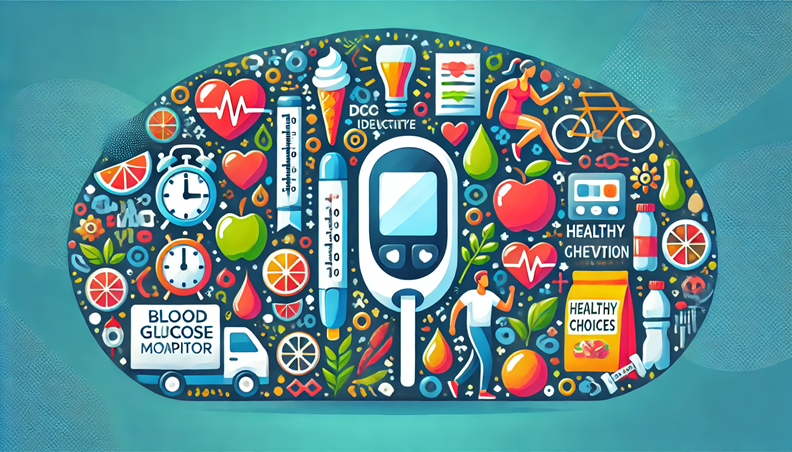How to Identify and Prevent Prediabetes Early

What is Prediabetes?
Prediabetes is a health condition characterized by elevated blood sugar levels that are higher than normal but not yet high enough to be classified as type 2 diabetes. This stage often serves as a warning sign and an opportunity for intervention. Without lifestyle changes, individuals with prediabetes are at a significant risk of developing type 2 diabetes within five to ten years.
Causes of Prediabetes
Prediabetes can arise from several factors:
- Insulin Resistance: The body’s cells become less responsive to insulin, leading to higher blood sugar levels.
- Hormonal Changes: Conditions such as polycystic ovary syndrome (PCOS) can increase insulin resistance.
- Unhealthy Lifestyle: Sedentary habits, poor diet, and obesity contribute to the development of prediabetes.
- Genetics: A family history of diabetes can increase your risk.
Risk Factors
Certain individuals are more susceptible to prediabetes, including those who:
- Are overweight or obese
- Are physically inactive
- Have a family history of diabetes
- Are over 45 years old
- Have previously given birth to a baby weighing more than 9 pounds
Symptoms of Prediabetes
Prediabetes often presents no noticeable symptoms, making regular check-ups crucial for early detection. However, some individuals may experience:
- Increased thirst
- Frequent urination
- Fatigue
- Blurred vision
Diagnosis
Prediabetes is typically diagnosed through blood tests, which may include:
- Fasting Blood Sugar Test: Measures blood sugar levels after fasting for at least 8 hours.
- Oral Glucose Tolerance Test (OGTT): Tests blood sugar levels after fasting and two hours after consuming a sugary drink.
- A1C Test: Reflects average blood sugar levels over the past 2 to 3 months.
Managing and Preventing Prediabetes
The good news is that prediabetes can often be reversed or managed with lifestyle changes:
- Healthy Eating: Focus on a balanced diet rich in whole foods, including fruits, vegetables, lean proteins, and whole grains. Limit sugar and refined carbohydrates.
- Regular Exercise: Aim for at least 150 minutes of moderate aerobic activity each week, such as brisk walking or swimming.
- Weight Management: Losing even a small percentage of your body weight can significantly reduce the risk of progressing to type 2 diabetes.
- Regular Monitoring: Keep track of your blood sugar levels and attend regular check-ups with your healthcare provider.
Conclusion
Understanding prediabetes is essential for prevention and management. By recognizing the risk factors and making informed lifestyle choices, individuals can take proactive steps to reduce their risk of developing type 2 diabetes and maintain better overall health. If you suspect you may be at risk, consult your healthcare provider for guidance and support.


